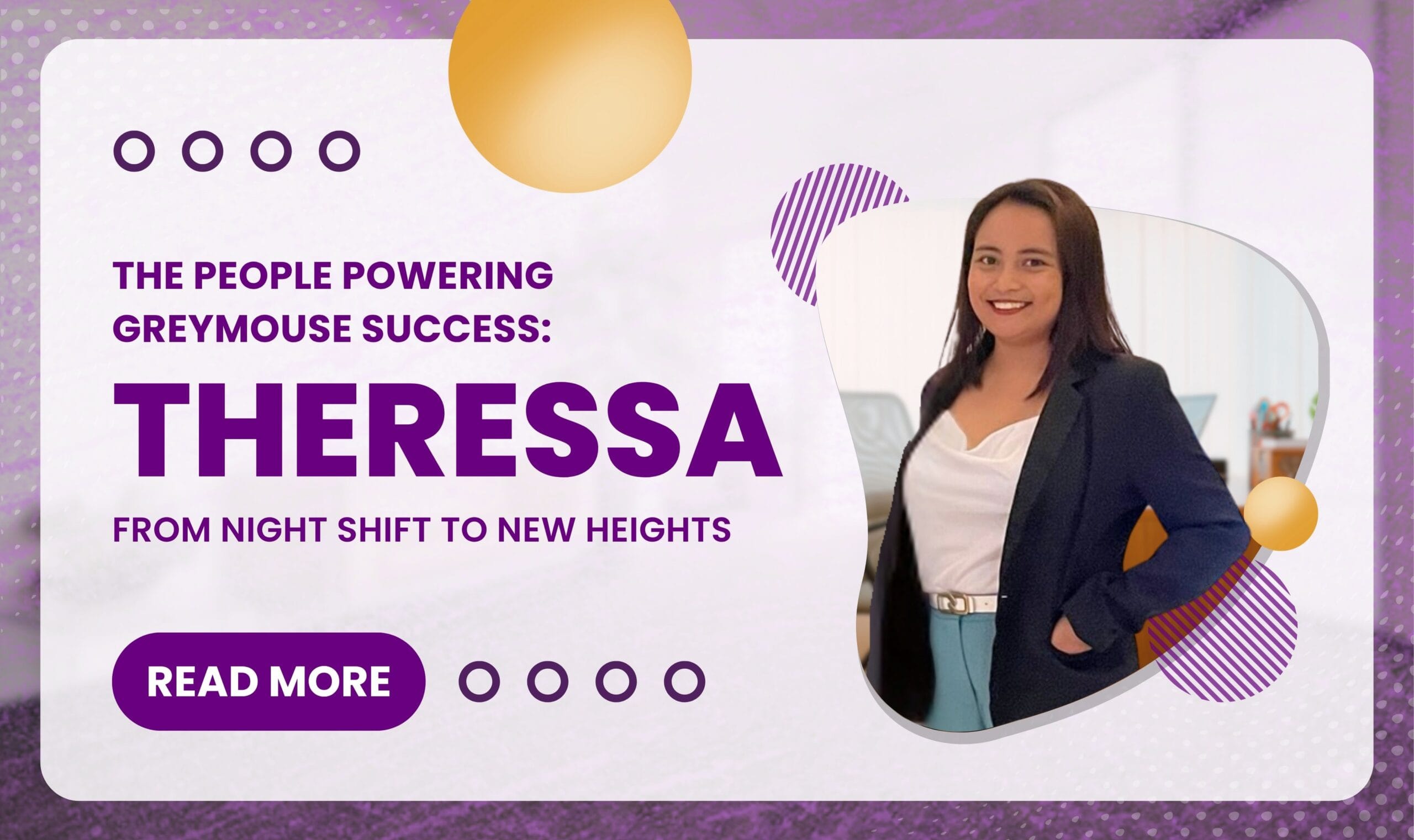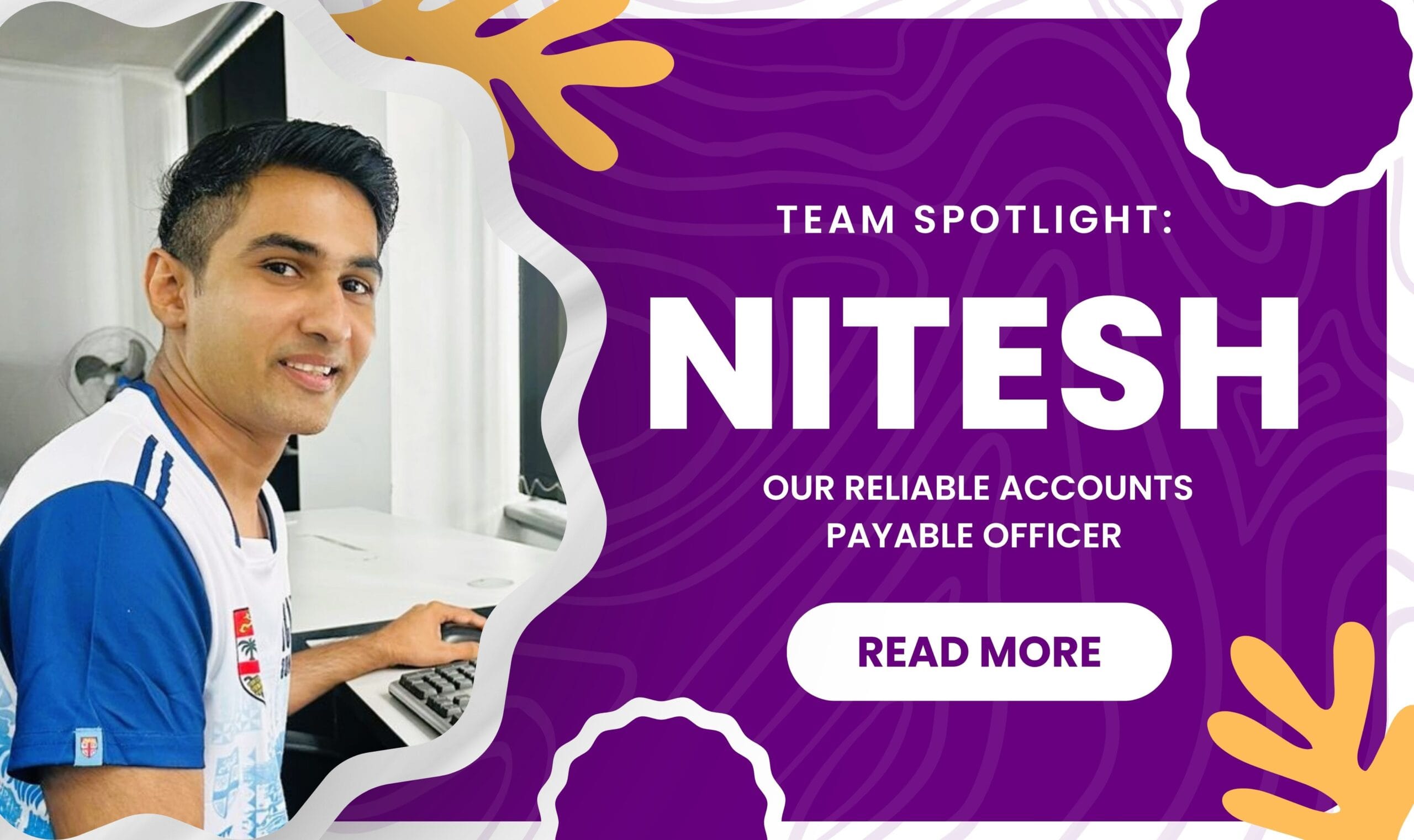Virtual assistants, call centre agents, and outsourced customer support agents are the stars of the sales and customer support industry. For more than a decade, they have been the best option to augment the growing human capital needs of scaling companies. However, the recent breakthroughs in the development of chat robots or chatbots are starting to be seen as a rising contender that is predicted to overtake the outsourcing industry.
What are chatbots?
Chatbots are basically computer programs that imitate conversations with people through AI or artificial intelligence. The first chatbot program was ELIZA, which was developed by Joseph Weizenbaum in 1966. ELIZA’s method of operation involves the recognition of keywords or phrases which triggers pre-programmed responses delivered in a natural, conversational manner. Nowadays, modern chatbots are still patterned to this program, although they can do more than just chat such as send reminders, recognize voice commands, and perform web searches.
Chatbots makes it possible for companies to engage its customers without spending too much on human resources. At present, chatbots are deployed to widely used chat products like Facebook Messenger, Slack, and even Twitter.
Why are businesses turning to chatbots?
Humans can get stressed and fatigued after dealing with customers for long period of hours. On the other hand, chatbots can work round the clock and can give the same information over and over again without getting tired or irritated.
Human workforce gets sick, call in late, answer to home emergencies, and need a fixed schedule and day offs. With chatbots, you won’t have to worry about any of that. You can easily manage your business without thinking of scheduling or covering shifts, having delayed response time, or pausing your operations during holidays – chatbots are always one click away.
They are also considerably more efficient compared to people. For example, VAs can only handle many customers all at the same time. Support agents need to be sharp as the contact volume increases and the uniformity of response is an added challenge, making it necessary for companies to have a system that can help VA’s provide the right information to their customers at all times. Chatbots, on the other hand, can cover twice as many inquiries at twice as fast response time while delivering accurate and streamlined responses. This makes AI technology very attractive to many companies with huge online sales and customer support teams.
Additionally, chatbots are very cost effective. Sure, outsourced talents are cheaper compared to in-house staff, but it is still a considerably higher cost of employment when compared to chatbot systems.
Is the chatbot trend here to stay?
Voice calls are out, live chats are in. This is according to the study of Zendesk in 2015, which revealed that online buyers who chose to go for live chat over phones rose from 38% to 58%. Similarly, Econsultancy concluded that live chat has the highest satisfaction levels for customer service, getting a 73% rating compared to the 61% rating for emails and 44% for calls.
This means that the way people communicate with each other is quickly changing, and the preferred contacts points for customers are shifting towards more digitalized forms of communication. People are more inclined to communicate with your business where they already are – on your website or on your social media platforms.
Live chat’s selling point is its persistent presence. With live chats, especially with chatbots, you are never on hold – you simply get an answer, a resolution. Compared to emails which can take a long time to get a response or phone calls which are often subjected for a follow-up just to have an issue resolved, live chat is indeed a good alternative communication channel and is more likely to be a big hit in the coming years.
The chatbot trend is driven by two things: the perceived limitations of human VA’s and the increasing demand for live chat. With the technology that can augment this demand minus the costs, we see an instant hit in chatbots. But where is this trend leading to?



